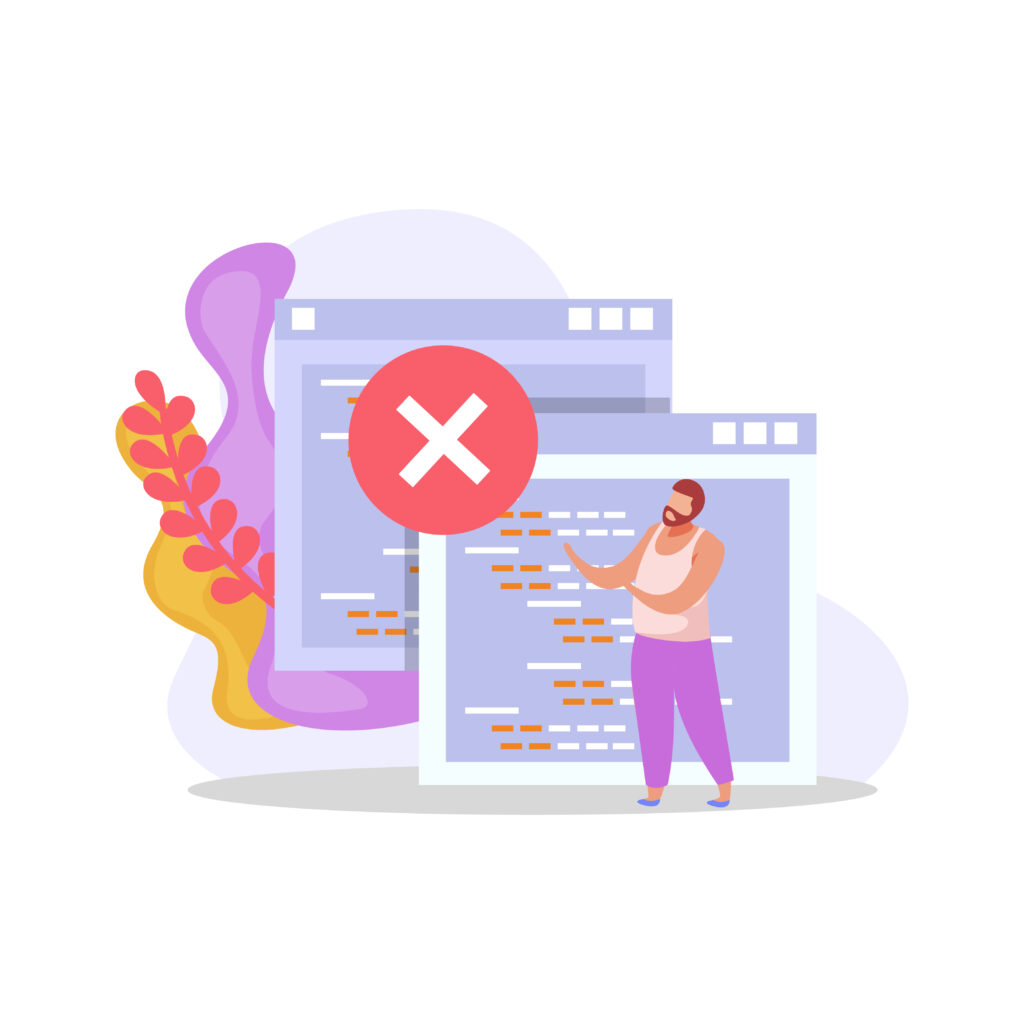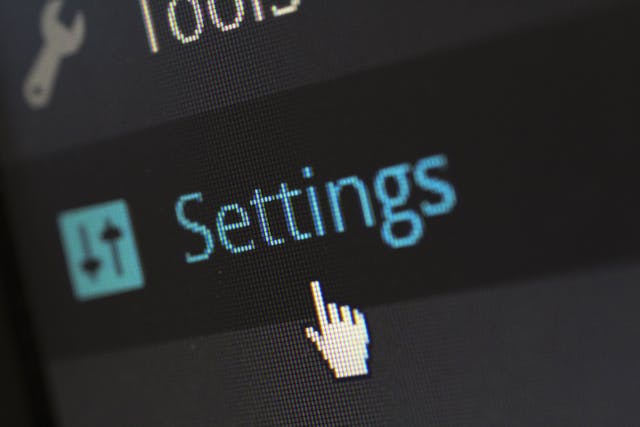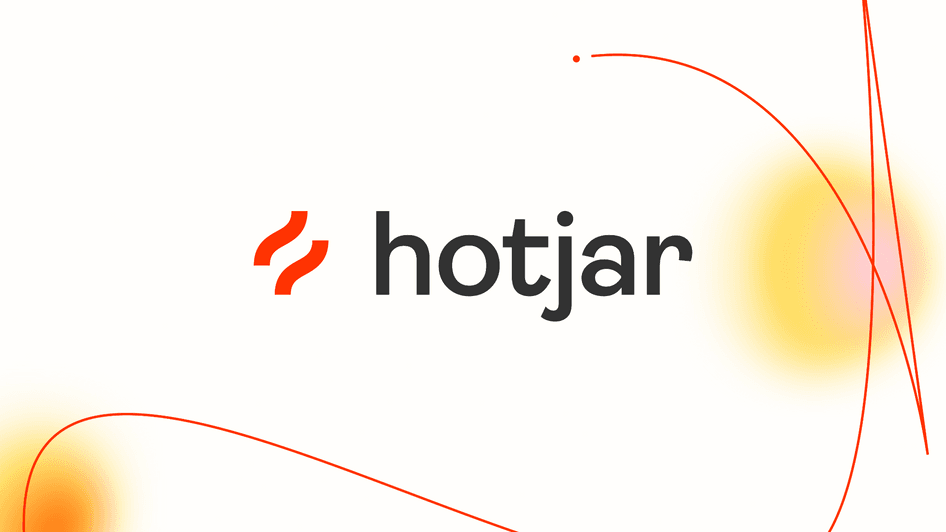Rideshare apps have experienced impressive growth in popularity in recent years. So much so that, according to Statista, the global ride-sharing market will experience a 133% increase between 2022 and 2028.
One industry that noticed and propelled the success of ridesharing apps is the UX industry.
Through intuitive UI design and empathic, user-driven UX design, great ridesharing apps have simplified the way users travel. However, the best ridesharing apps also cater to the needs of the drivers who work for ridesharing companies.
That brings us to the topic of today’s guide—the best rideshare apps for drivers. In today’s guide, we’ll explore what a rideshare app is. We’ll also examine the UI and UX components that UI designers and UX designers use to optimize the driver’s experience.
What Are Rideshare Apps?
We can’t talk about rideshare apps without addressing what ridesharing actually is.
Ridesharing refers to the service that allows desktop and mobile users to organize transportation on short notice.
As its name suggests, the concept of ridesharing relies on individuals sharing rides with other commuters. Given that, by splitting the fare, ridesharing is great for budget-friendly travelers, it’s no surprise that apps emerged soon after.
Ridesharing apps are a means of arranging said short-notice transportation.
Ride-Sharing Companies That Dominate the Ride-Sharing Market
To know what UX and UI design that accommodates the driver’s needs looks like, you must evaluate the leading authorities. In other words, it’s time to examine the pros and cons of the dominating rideshare apps.
Below, we’ve compiled a brief list of the most impactful advantages and disadvantages of three immensely successful ride-sharing apps. Let’s see how each of them measured up against the magnifying glass!
1. Uber Driver
Uber is the king of rideshare driving apps at the moment. Thus, you’re right to expect that they know how to optimize their users’ experiences. However, that doesn’t mean that there isn’t any room for improvement when it comes to the Uber Driver app.
Let’s take a closer look at what works and what doesn’t work concerning the Uber Driver app’s UX/UI design.
The Pros of the Uber Driver App
- Uber Driver’s onboarding process utilizes a mix of copy, images, and videos, demonstrating Uber’s adherence to accessible design practices.
- Uber Driver employs conventional icons to ensure that the driver can rely on their intuition to navigate through the product.
- Uber Driver provides real-time updates concerning ride requests and route options. By providing this information in real-time, drivers can ensure that they have planned their workday in a cost-efficient way.
- Uber Driver provides an easy-to-follow breakdown of their driver’s earnings, ensuring that they have complete financial transparency.
The Cons of the Uber Driver App
- There are no splash screens in the app to conceal loading times.
- Due to the copious amount of notifications, the app’s user interface can often appear visually overwhelming.
- The app’s GPS functions can deplete the driver’s phone battery quickly. This disadvantage is especially prevalent if the driver is in an area that has a weak signal.
- The app offers limited feedback options. While drivers can rate their riders, they can’t leave in-depth reviews.
2. Lyft
Like how we examined Uber, we will also apply the same scrutiny to Lyft, Uber’s biggest competitor.
The Pros of the Lyft Driver App
- Lyft Driver’s route view displays an engaging use of color. The shifts in its ombre effect symbolize how close the driver is to their rider.
- The app supports in-app assistance so drivers can quickly access important information.
- The app supports flexibility, allowing the driver to customize their preferences.
- The app offers bonuses to incentivize drivers to complete a certain number of rides.
The Cons of the Lyft Driver App
- The app only supports a one-sided rating system.
- The app’s functionality can appear obstructed in areas of weak internet connections.
- The app often experiences technical issues that interrupt the driver’s workflow.
- The app doesn’t always offer logical destination filters, making it harder for drivers to manage their time effectively.
3. DiDi
Lastly, we shall reveal the pros and cons of the DiDi Driver app!
The Pros of the DiDi Driver App
- The app allows drivers to use the app across various cities and regions, allowing drivers to earn more.
- The app offers communication channels between drivers.
- The app has the user’s convenience in mind, offering instant payout options and trip summaries.
- The app offers clear instructions and simple navigational aids to simplify the driver’s interactions with the app.
The Cons of the DiDi Driver App
- Drivers who use the app report that they have issues with language settings.
- There is no way of disabling certain features like the voice assistant feature in the app.
- The app has limitations regarding integrations with third-party services.
- The app doesn’t support financial transparency and income calculations for their drivers.
The Best Rideshare Apps for Drivers: Key Elements You Should Look For
There are a few basic UI and UX design elements that a great rideshare app should always offer. Let’s take a look at what some of those basic elements are!
1. Profile Screens
A digital product without a screen dedicated to profile creation is unheard of. However, for a driver on a rideshare app, a profile screen should combine personalization with thorough verifiability.
A profile screen for a rideshare app should also offer clear explanations as to why they must provide certain information. This is to ensure that the user doesn’t feel like they must share unnecessary personal details, sabotaging their experience.

2. An Earnings Panel
It’s essential that drivers can quickly access their earnings in order to establish trust and financial transparency.
What’s more, the best rideshare driver apps provide drivers with expense-tracking functionalities and weekly/monthly summaries.

3. Cancellation Features
Adhering to the user control principle, drivers should have the ability to undo certain actions.
Cancellation features allow the driver to have autonomy over their workflow. It also ensures that they can conduct time management effectively.

4. Preferences
The best ridesharing apps enable drivers to customize their preferences regarding when they work and which rider requests they accept.
By allowing drivers to control their preferences, you can improve the quality of the user’s experience. Additionally, you would enhance the drive’s engagement with the app as it makes their work more efficient.

5. Review and Rating Features
Ratings and reviews can give proficient drivers the recognition that they deserve.
The best ridesharing apps enable drivers to engage in a two-way review system. This allows drivers to share the same experience as riders and offer their own feedback.

Rideshare App Design: Components That Optimize the User’s Experience for Drivers
When it comes to rideshare app design, there are several UX design components that must contain.
Here are a few examples of helpful UX design components for rideshare apps.
1. Seamless Onboarding
A good onboarding experience for a driver should combine clear instructions on how to set up their account.
However, the onboarding process shouldn’t seem too lengthy. To break up your onboarding process, you should use videos and images like the Uber Driver app. This not only accommodates your users’ different learning styles, but it also adheres to the accessibility principle.
2. Clear Navigation
For a driver to successfully utilize an app that provides their income, they must know how to navigate the app.
It’s essential that, like the DiDi Driver app, drivers can rely on their knowledge of conventional UI elements. By relying heavily on their intuition, drivers can spend more time focusing on time management and expense tracking.
3. Incentives
Everyone can benefit from a reward system that offers incentives to go above and beyond their standard duties. Incentives and bonuses, like the ones that Lyft offers, create a game-like feel to any app.
Through efficiency, this will improve the user’s experience for both drivers and riders, as well as drive user engagement.
Mobile Design Patterns That Every Rideshare App Should Have
Like common UX design elements, there are mobile design patterns that every rideshare app should offer its drivers.
Let’s delve into some of the most important mobile design patterns that enhance the driver’s experience!
1. Bottom Navigation Menus
Bottom navigation menus place the user’s most-used functionalities at the bottom of a phone’s screen.
For all mobile users, including drivers, this design pattern accommodates individuals who use their thumbs to navigate a user interface. Every dominant rideshare app supports this feature because it makes tactile interaction seamless.
2. FABs
FABs, or floating action buttons, stand apart from other icons in a product’s user interface. Using varying sizing and colors, UI designers can draw the user’s focus to a particular button. This particular button allows users to complete a desired action.
For a driver, this button could represent accepting a rider’s request, as seen in the Uber Driver app. Simply, FABs streamline the steps the user must take to complete their desired action.
3. Navigation Drawers
Navigation drawers act as slide-in menus that allow users to access more features/functions with a singular swipe. UI designers primarily employ navigation drawers to de-clutter a user interface.
For drivers, who will likely already have to experience a ‘busy’ user interface, navigation drawers are perfect. With a simple swipe, drivers can access features and functions without the risk of cognitive overload.
The Lyft Driver app utilizes this function effectively, allowing its drivers to stay focused on vital information foremost.
Ridesharing Apps: Designing With Drivers in Mind
The key takeaway from this article is that all of your users should take first priority during the design process.
Ridesharing apps cater to two different types of audiences – the service providers (drivers) and the customers (riders). It’s imperative that if you work on apps like those, you design seamless experiences for both audiences’s needs and goals.
On the note of creating seamless user experiences, it’s about time you had access to some excellent inspiration. Consider Page Flows.
Page Flows is a reliable source of inspiration concerning innovative design solutions, and vital user flows. Sporting over 4,800 tried and tested products, we have mastered the design of the user’s journey.
From fashion to finance, you can see how successful design teams tailor their products to the user’s needs and desires!
When it comes to the components of the best rideshare apps for drivers, you no longer need to guess. With Page Flows, you’ll know precisely how UX and UI designers go about creating functional, engaging, and helpful digital products.
Get started today to peruse our ever-expanding library of user flow recordings. By exploring our abundance of recordings, you can find out how to ensure your users’ navigation is intuitive and effortless. With Page Flows, you can rest assured that you consistently stay up-to-date with user-centric design trends!




